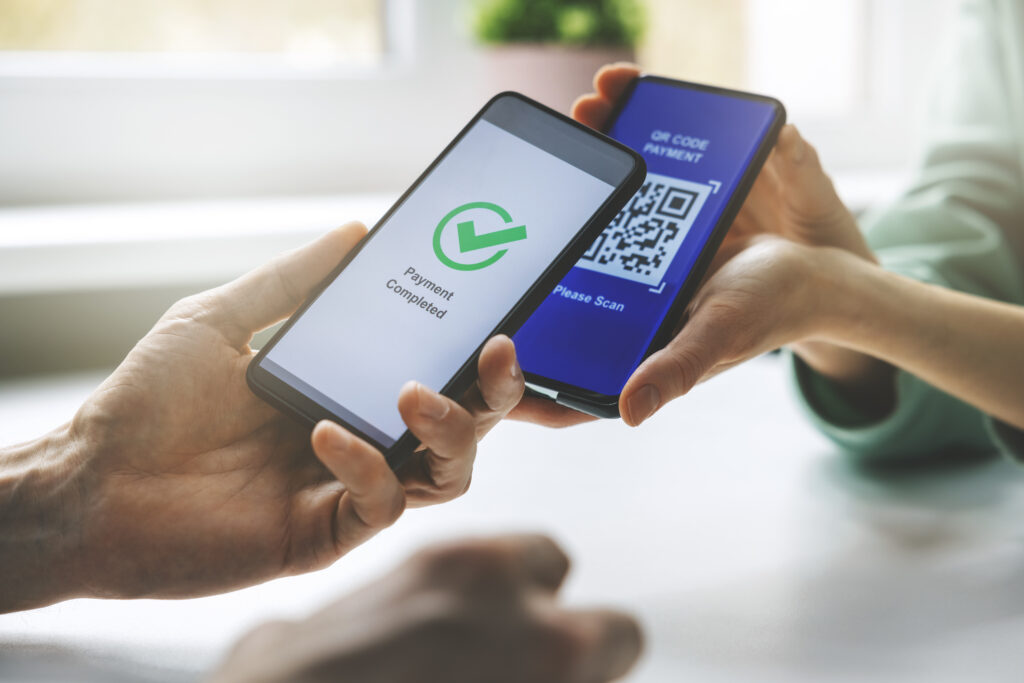LogiCommerce is trusted by global enterprise brands and wholesalers, across industries
Over the past decade, we have witnessed a significant transformation in the way we make payments. The advent of technology has opened the doors to a new era of digital payments, where the use of cash and credit cards is rapidly evolving. Let's take a look at how these changes are taking place and what implications they have for consumers and businesses.
Before delving into the evolution of digital payments, it is essential to understand the reasons behind this shift. First, convenience plays a key role. Digital payments enable consumers to transact quickly and securely, eliminating the need to carry cash or physical credit cards. With just a few clicks on their mobile device or computer, they can purchase products and services instantly.
In addition, the COVID-19 pandemic further accelerated this shift to digital payments. With social distancing measures and restrictions on the use of physical cash, a significant number of individuals opted for electronic payment methods to complete their purchases. This situation radically changed the way consumers interact with money and led to a significant increase in the adoption of digital payments.

As for the use of cash, there has been a gradual decline in its popularity. According to a recent report, for the first time in history, cash is not the main method of payment in Latin America. Digitalization has gained ground, with more and more people opting to use electronic means to make their transactions.
In line with this trend, credit cards are also evolving. While they remain a popular non-cash payment option, their dominance is being challenged by new forms of digital payment. NFC (Near Field Communication) technology allows consumers to make payments by simply bringing their cell phone or card close to an enabled terminal. This eliminates the need to carry physical cards and streamlines the payment process.
In addition, the emergence of digital wallets, such as Apple Pay, Google Pay and Samsung Pay, has further revolutionized the way we make payments. These apps allow users to store their payment information securely on their mobile devices and seamlessly transact in physical and online stores.
The evolution of digital payments has also led to the emergence of cryptocurrencies, such as Bitcoin and Ethereum. These decentralized digital currencies offer a fascinating alternative to traditional payment systems, as they enable fast and secure transactions without the intervention of third parties, such as banks or governments.
In conclusion, we are experiencing a new era of digital payments that is transforming the way we transact. The use of cash and credit cards is rapidly evolving, thanks to the convenience, security and flexibility offered by digital payments. As technology continues to advance, we are likely to see even more innovations in this area.
For businesses, adapting to this new reality is crucial. It is important to offer secure and user-friendly digital payment options to meet customer needs and expectations. Those companies that manage to fully capitalize on this new era of digital payments will be in a stronger position to thrive in the constantly evolving world of eCommerce.
